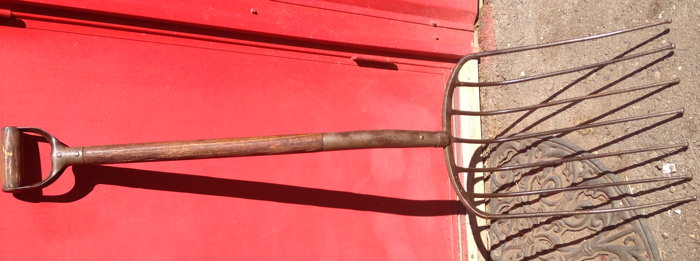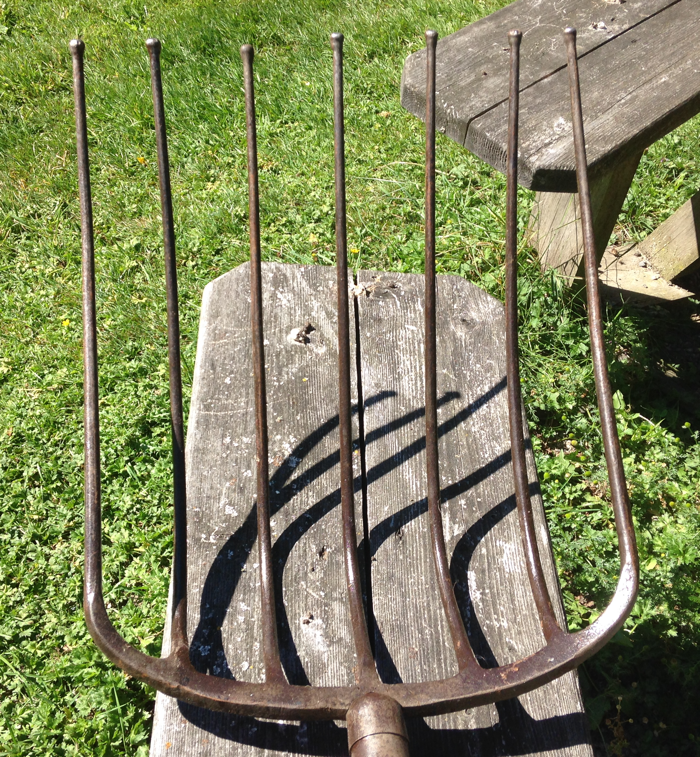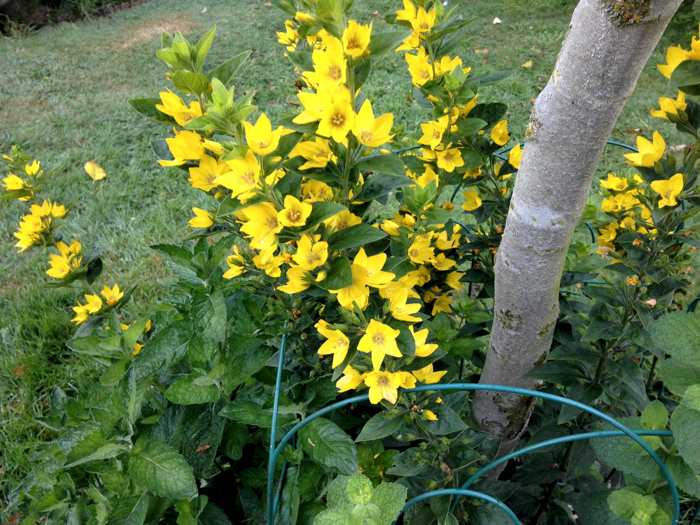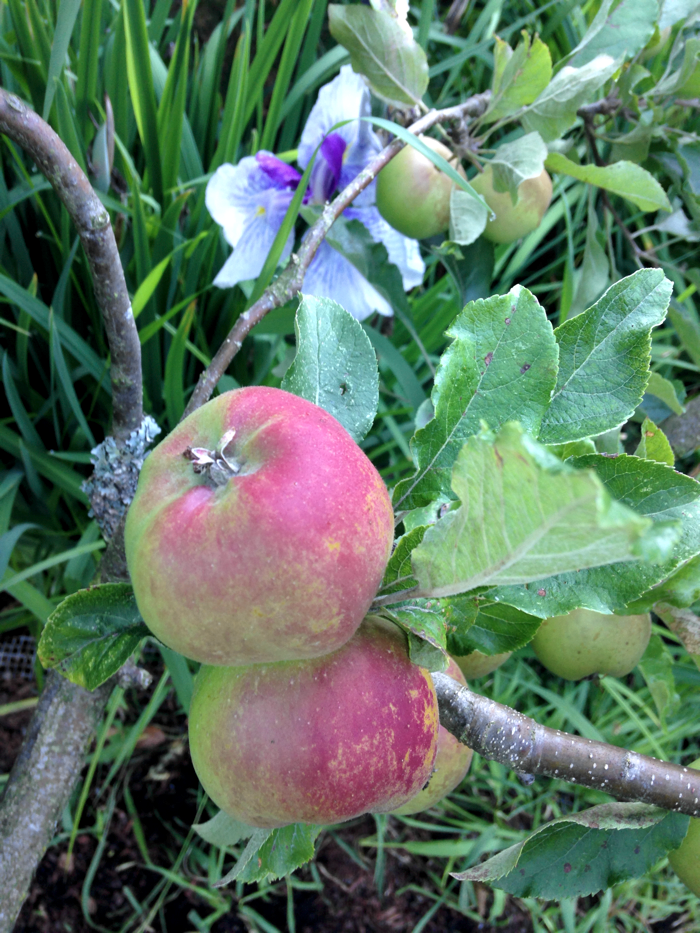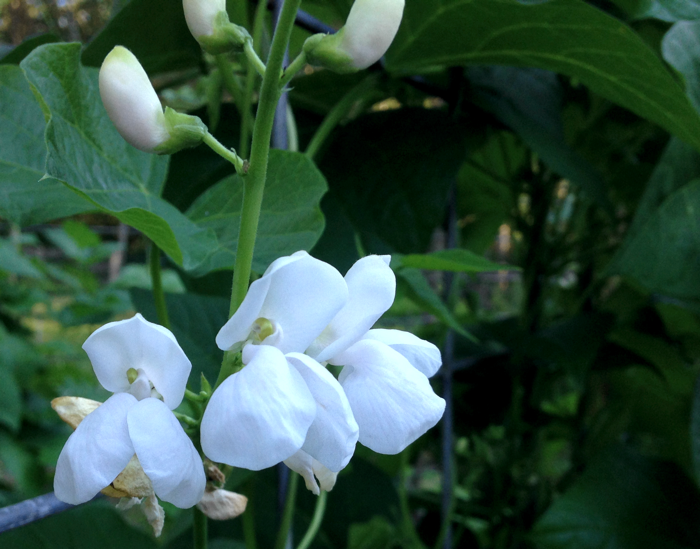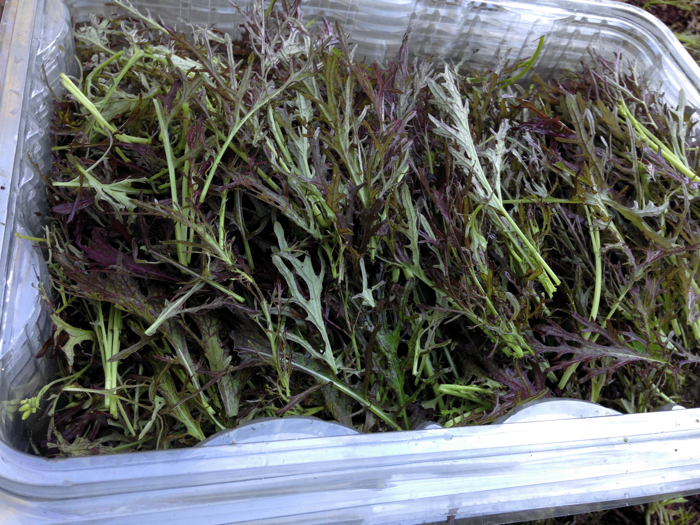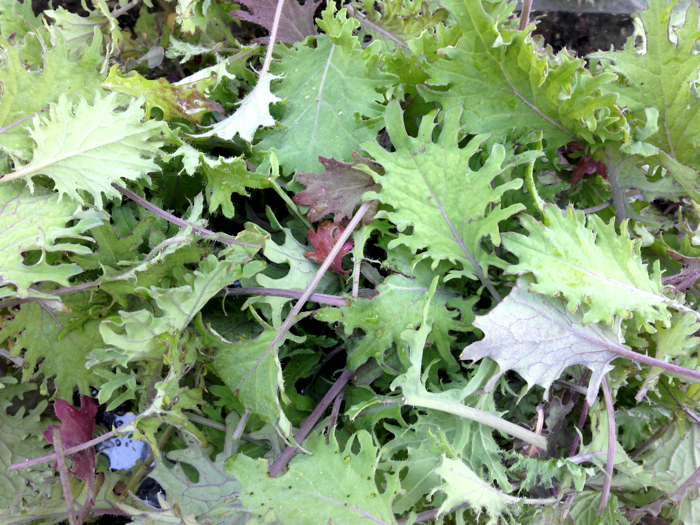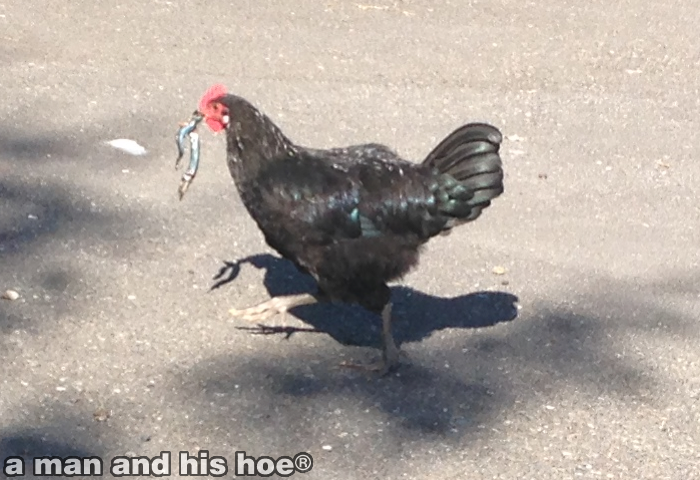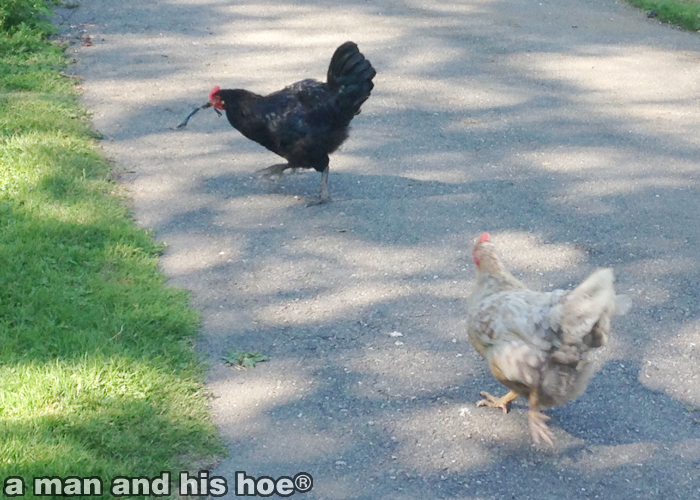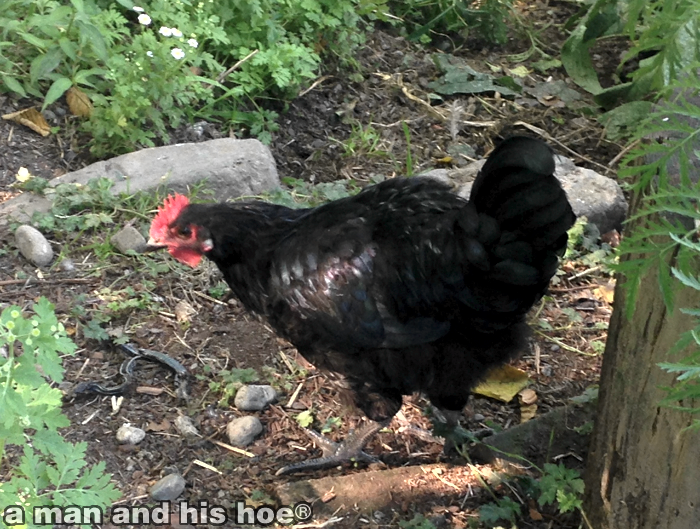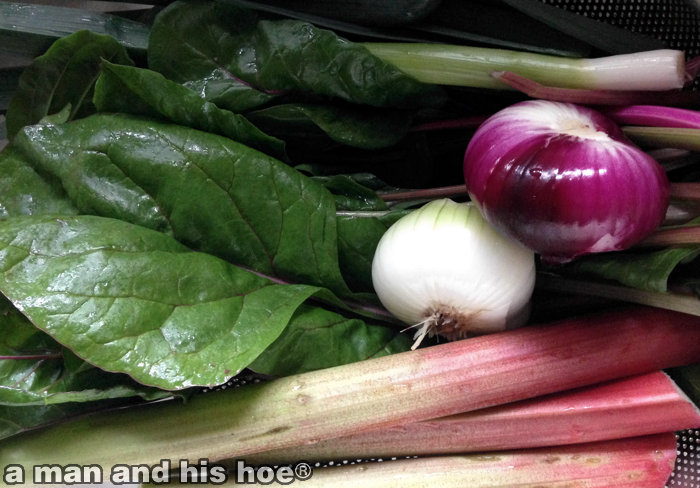
Growing your own food enables you to appreciate the fact that eating food is eating growing things. The vegetables I grow vary from year to year. A few years back, we were eating pea pods all summer long. This year, chard is a mainstay. The great thing about chard is that a single plant will provide many meals. Let the leaves get to a good size, cut the whole plant down to about an inch or two above the ground, and in a week or two, it will produce another handful of leaves for another meal. You can do this for several months.
Chard, rhubarb, onions, and leaks. Those are tonight’s vegetables. Steam a mountain of chard and serve it with rhubarb sauce on the side. There’s a combination that will have you begging for more. Your chances of finding chard and rhubarb sauce in a restaurant? Next to nil I think.
Here are some references I found regrading chard and rhubarb:
First up were the chard rolls. This was the vegetarian option for the evening and was a wonderful surprise. The chard rolls are filled with brown rice and sweet potato and are served over sorrel sauce with a side of asparagus… Prairie Plate: A Sustainable Restaurant by Sara Sawatzki
Hacking the leaves from a bunch of thick-stalked summer rhubarb last night, it struck me as a terrible waste that those leaves are so poisonous. It seems wrong to put something so lush and healthy on the compost. Indeed, some old-school gardeners won’t even do that, and a few allotments ban them too, even though there is no proof the leaves do any harm once rotted down. Thank goodness for the green and ruby stalks though, with their knife-sharp edge to cut through the sweetness of pastry or crumble… Nigel’s chard and rhubarb recipes
This is a recipe designed for “chefs” like me, who choose their recipes on titles alone, not bothering to look at the ingredient list until the last minute. For those who are more inclined to think ahead, to peruse the component ingredients, thinking about how the flavors work together, you might be a bit stymied, if not downright turned off… Tofu With Hot And Sour Rhubarb Sauce
The earth goddess was exercising her sense of humor when she came up with rhubarb–not a fruit, not exactly a vegetable, poisonous leaves, medicinal roots. “Let’s see if they figure this one out,” she was chuckling to herself. I suspect rhubarb’s reputation as something old-fashioned, sour and stringy is because of its rather unappetizing name. (It comes from “rha of the barbarians”, which refers to its origins in Siberia near the river Rha, now the Volga).… A Cook’s Guide: Rhubarb Rehab
Due to some bad labeling from our stock photo supplier, our page design team mistakenly placed a picture of Swiss chard on the page, and the error was not caught before the newspaper went to press … Is it Swiss chard or rhubarb

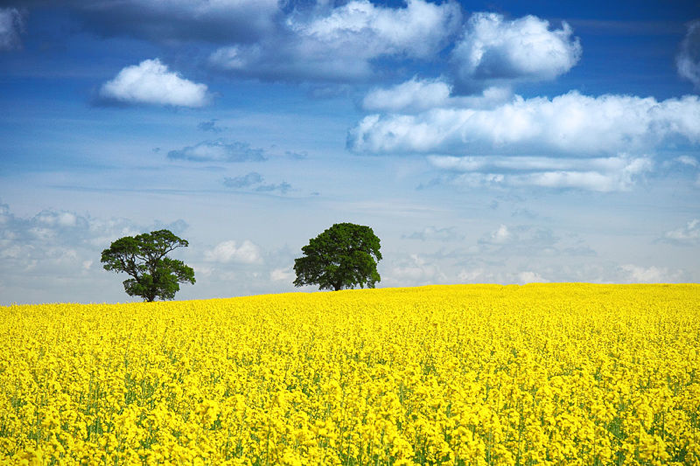
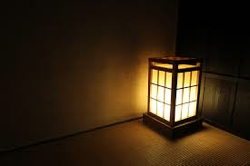 Rapeseed oil was poured into small bowls with wicks. When the wicks were lit and placed into paper lanterns, they cast a soft, warm light. The abundance of rapeseed oil enabled people to have light at night. And it is this soft, warm light which Buson captured in his famous painting of snow falling at night. In the painting, he shows this light filtering through the shoji screens of the houses. If it were not for the rapeseed plant, the houses would be completely dark, and he may not have made this masterpiece at all.
Rapeseed oil was poured into small bowls with wicks. When the wicks were lit and placed into paper lanterns, they cast a soft, warm light. The abundance of rapeseed oil enabled people to have light at night. And it is this soft, warm light which Buson captured in his famous painting of snow falling at night. In the painting, he shows this light filtering through the shoji screens of the houses. If it were not for the rapeseed plant, the houses would be completely dark, and he may not have made this masterpiece at all.